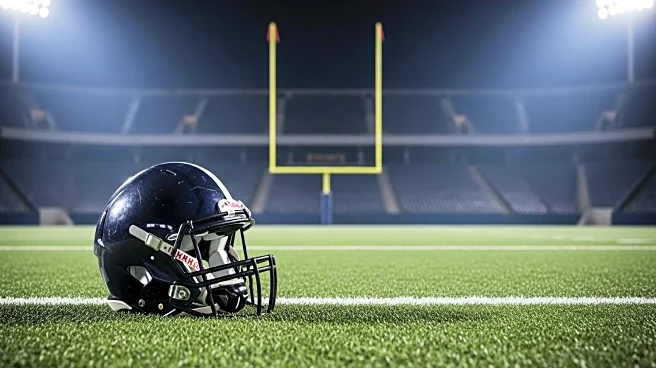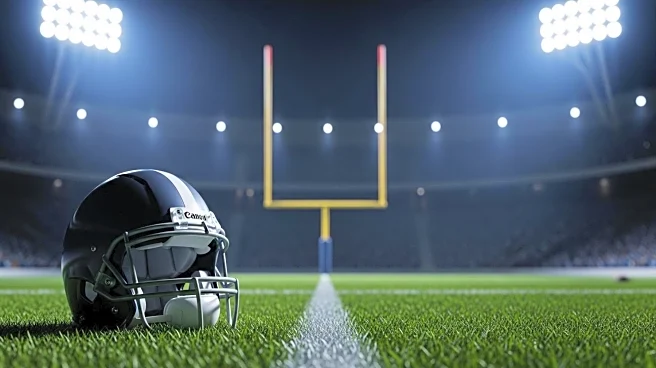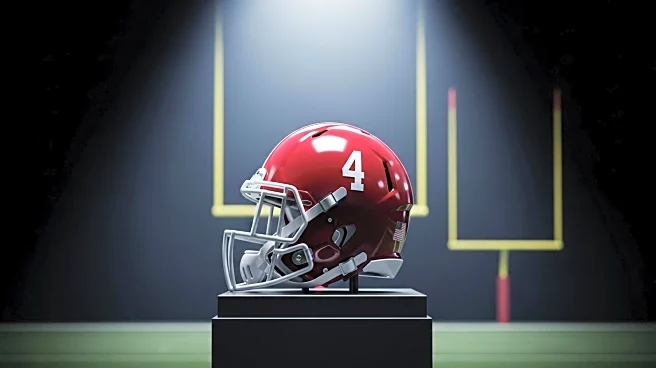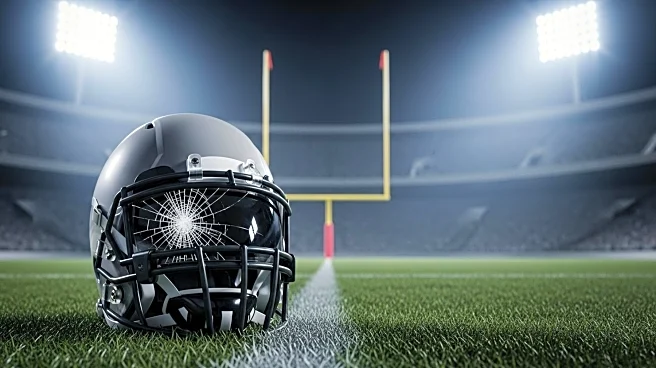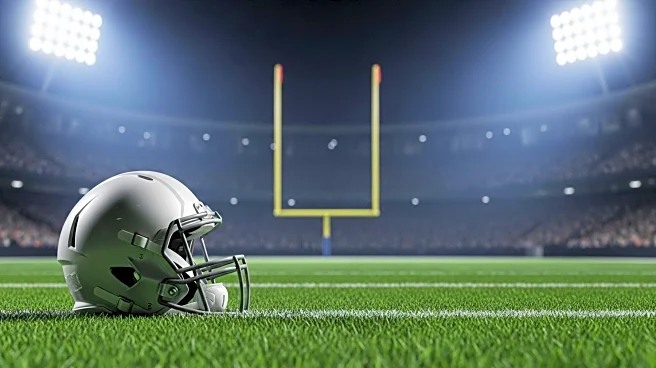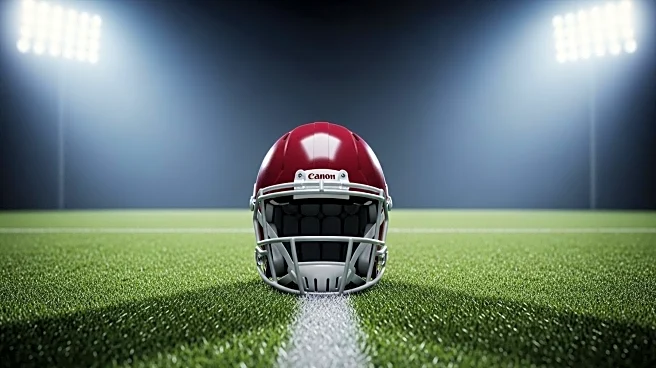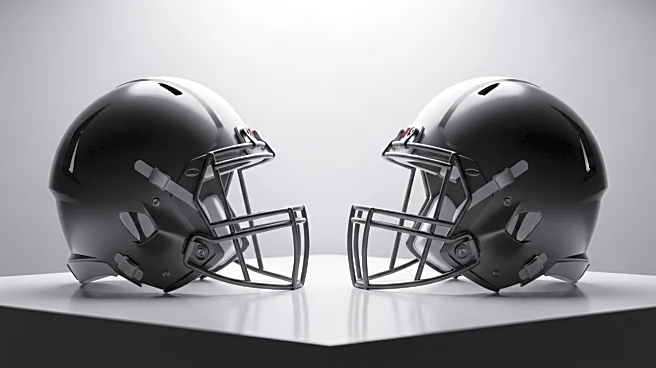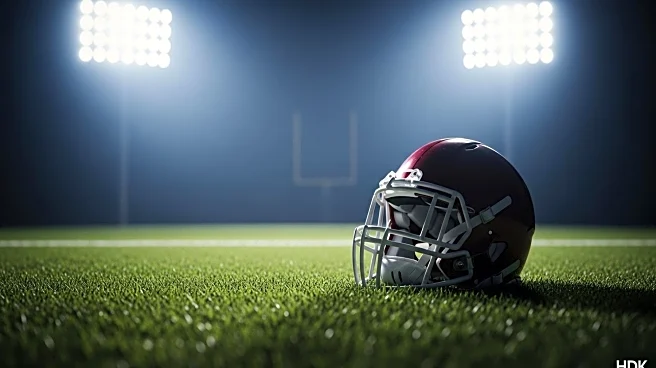What's Happening?
Alabama freshman wide receiver Derek Meadows was forced to leave the game against Missouri after suffering a hard hit from Missouri's defensive back Marvin Burks Jr. The incident occurred late in the first quarter when Meadows attempted to catch a pass from quarterback Ty Simpson. Following the hit, Meadows remained on the ground for several minutes but eventually walked off the field with assistance from Alabama's athletic training staff. Officials flagged the play for targeting, leading to Burks' ejection after a quick review. This ejection leaves Missouri without one of its key defensive players for the remainder of the game against Alabama's potent offense. The targeting penalty also advanced Alabama into Missouri territory, adding to Missouri's defensive penalties that have already cost them 35 yards.
Why It's Important?
The ejection of Marvin Burks Jr. is significant as it impacts Missouri's defensive strategy against Alabama, a team known for its explosive offensive capabilities. Losing a top defensive back could weaken Missouri's ability to contain Alabama's passing game, potentially affecting the game's outcome. For Alabama, the incident highlights the physical risks players face and the importance of player safety protocols like targeting rules. Meadows' exit from the game also underscores the challenges faced by young athletes in high-stakes college football environments, where injuries can affect their development and career prospects.
What's Next?
Missouri will need to adjust its defensive lineup to compensate for the loss of Marvin Burks Jr., potentially altering their game plan against Alabama. The team may rely on other defensive players to step up and fill the gap left by Burks. For Alabama, the focus will be on ensuring Derek Meadows' health and readiness for future games, as well as maintaining their offensive momentum despite the disruption. Both teams will likely review the incident to improve player safety and adherence to targeting rules in future matches.
Beyond the Headlines
The incident raises broader questions about the effectiveness of targeting rules in college football and their role in protecting players from serious injuries. It also highlights the ongoing debate about balancing aggressive play with safety measures, which is crucial for the sport's integrity and the well-being of its athletes. The situation may prompt discussions among coaches, officials, and sports organizations about refining rules and training to prevent similar occurrences.
